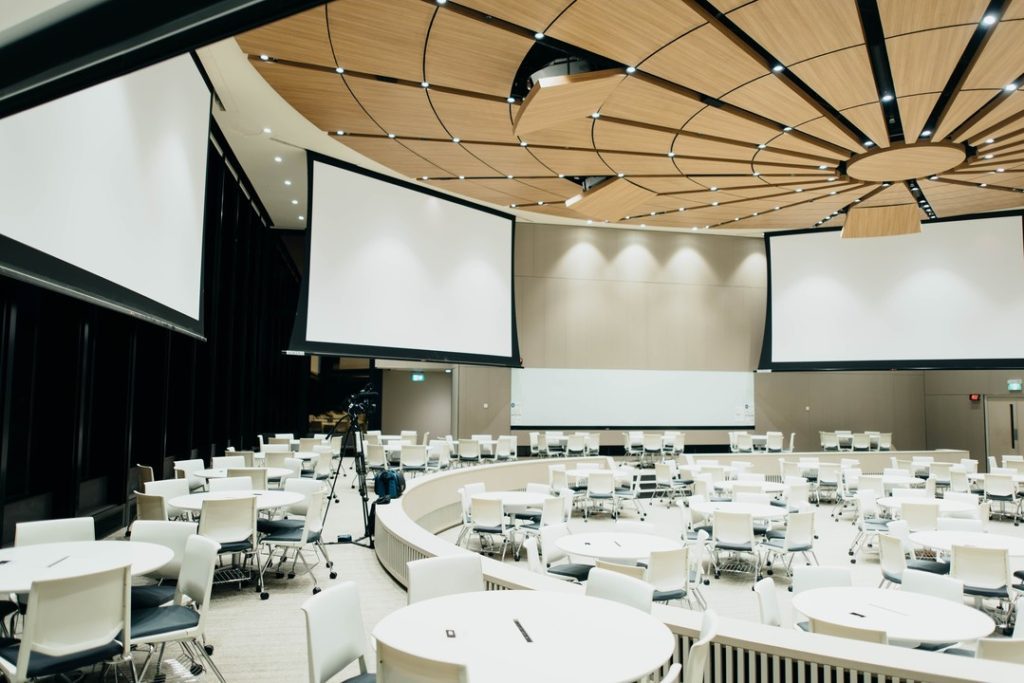In the dynamic world of audiovisual (AV) technology, the debate between wireless and wired connectivity remains a pivotal topic for professionals and end-users alike. The choice between these two forms of connectivity is more than just a technical decision — it’s a strategic one, influencing the functionality, efficiency, and user experience of AV systems across various settings.
The Traditional Mainstay
Wired connectivity has been the backbone of AV systems for decades. Its most significant advantage lies in its reliability and stability. Wired connections, such as HDMI, XLR, and Ethernet cables, provide a consistent and high-quality signal with minimal interference, making them ideal for settings where signal integrity is paramount. This is particularly crucial in professional environments like recording studios, live events, and broadcast settings, where any loss of quality or delay can have significant repercussions.
Another advantage of wired systems is their inherent security. Since the signal is transmitted through physical cables, it is less susceptible to external interference and hacking attempts compared to wireless signals. This aspect makes wired solutions a preferred choice in sensitive environments like government and corporate settings where data security is a top priority.
However, the physical nature of wires also brings limitations. The installation of wired systems can be labor-intensive, requiring careful planning and often permanent alterations to the infrastructure. This can be a disadvantage in historic buildings, rental spaces, or anywhere where structural changes are impractical or prohibited. Additionally, the presence of cables can impact aesthetics and mobility, limiting the flexibility of room layouts and user movement.
The Rise of Flexibility
Wireless technology, on the other hand, offers unparalleled flexibility and convenience. The elimination of physical cables allows for cleaner setups and easier reconfigurations, catering to dynamic spaces like modern classrooms, conference rooms, and even homes where adaptability is key. This flexibility extends to the users as well, granting them the freedom to move and interact without being tethered to a specific spot.
The evolution of wireless technology, including advancements in Wi-Fi, Bluetooth, and proprietary wireless protocols, has significantly improved its performance. Modern wireless AV systems can now offer high-quality audio and video transmission, although they still might lag slightly behind their wired counterparts in terms of absolute fidelity and latency.
Wireless systems are more prone to interference from other wireless devices and networks, which can affect signal quality and reliability. This is particularly challenging in dense urban environments or venues with many competing signals. Wireless systems can also be more vulnerable to security risks, requiring robust encryption and regular updates to protect against unauthorized access and cyber threats.
A Balanced Approach
The decision between wired and wireless connectivity should be guided by a thorough understanding of the specific needs and constraints of each environment. For settings where performance and security are non-negotiable, wired solutions are often the go-to choice. In contrast, spaces that value flexibility, aesthetics, and ease of use may benefit more from wireless solutions.
A trend in the AV industry is the adoption of hybrid systems that intelligently combine both wired and wireless elements. Such systems leverage the reliability of wired connections for critical components while embracing the flexibility of wireless for user interfaces and portable devices. This approach offers a balanced solution, catering to the diverse needs of modern AV applications.
The choice between wireless and wired connectivity in AV systems is not a simple this or that, but a spectrum of possibilities. Each technology comes with its own set of strengths and challenges, and the key to navigating this connectivity maze lies in understanding the specific requirements of each application and adapting the technology accordingly. As the AV landscape continues to evolve, the integration of both wired and wireless systems seems to be the path forward, offering the best of both worlds to users and professionals alike.



